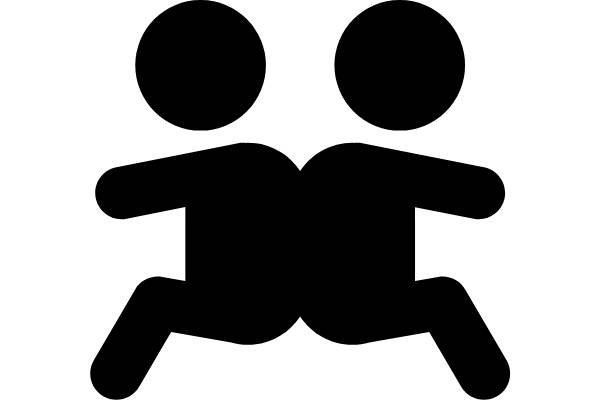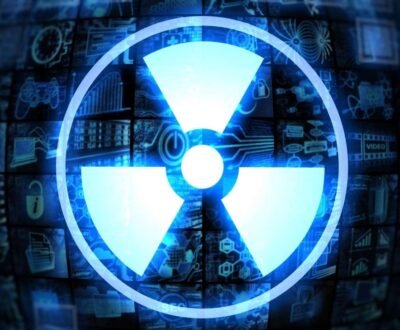Separating joined twins is a highly risky operation. The surgeries get more complicated if their organs and blood vessels are shared. Hence, the amount of preparation required before attempting the surgery is huge. But now for the first time a combination of detailed CT imaging and 3D printing has been used in the surgical planning for the separation of conjoined twins. This was presented in a study in the annual meeting of the Radiological Society of North America (RSNA).

3-D printing is the technology of making three-dimensional objects from digital files — in medicine, typically MRI or CT scans.These rich medical images can be converted into 3D models, which can later be created into physical models if required. Success of complex surgeries is dependent on surgical planning. Surgeons can hold, cut and manipulate these models to decide on the best possible way to conduct the procedure.
Conjoined twins occur when a single fertilized egg fails to completely split into two. Previously success rate of twin separation surgery was critically low. In 75% of the cases, only one of the twins survive.The condition itself is very rare, about one in every 200,000 live births results in a conjoined twin.
The conjoined twins in question were Knatalye Hope and Adeline Faith Mata, from Texas who were born connected from the chest down to the pelvis on April 11, 2014. “This case was unique in the extent of fusion,” said lead author Dr. Rajesh Krishnamurthy, chief of radiology research and cardiac imaging at Texas Children’s Hospital, in a press release. “It was one of the most complex separations ever for conjoined twins.” Specialists at the Texas hospital did a comprehensive study of the twin girls by taking extensive CT scans of their internal structures. The team used volumetric CT imaging with a 320-detector scanner, which gave them accurate and in-depth images of the girls’ bodies. They administered an intravenous contrast separately to each twin , which illuminates blood vessels, the skeletal system and organs, to get a better and clearer picture of their vital structures.They also relied on target mode prospective EKG gating techniques, which freeze the motion of the hearts on the image to get a more detailed view of the cardiovascular anatomy, while reducing radiation exposure to the twins.
“The CT scans showed that the babies’ hearts were in the same cavity but were not fused,” Krishnamurthy said. “Also, we detected a plane of separation of the liver that the surgeons would be able to use.” These scans helped the Texas team in framing color coded 3D printed models of the twins’ skeletal structures and organs. The skeletal structures and supports were made in hard plastic resin, and organs built from a rubber-like material. The livers were printed as separate pieces of the transparent resin, with major blood vessels depicted in white for better visibility. The models were designed so that they could be assembled together or separated during the surgical planning process. It was also featured in different colors to distinguish between the twins.
A specialist team including 12 surgeons,6 anesthesiologists, and 8 surgical nurses were finally able to attempt the surgery on Feb 17, 2015, when the babies were 10 months old. The operation took 26 hours to be completed. Due to lack of major discrepancies between the models and the actual anatomy of the twins’ , the surgery was a success. Knatalye returned home in May and her twin Adeline went home a month later. “The surgeons found the landmarks for the liver, hearts and pelvic organs just as we had described,” Dr. Krishnamurthy said. “The concordance was almost perfect.” These models also helped the surgeons explain the whole procedure to the parents before the surgery. The parents were vastly relieved. Dr Krishnamurthy suggests to use this technique as a standard tool in the preparation for surgical separation of joined twins.
“The 3D printing technology has advanced quite a bit, and the costs are declining. What’s limiting it is a lack of reimbursement for these services,” he said. “The procedure is not currently recognized by insurance companies, so right now hospitals are supporting the costs.”
About us and this blog
We are a teleradiology service provider with a focus on helping our customers to repor their radiology studies. This blog brings you information about latest happenings in the medical radiology technology and practices.
Request a free quote
We offer professional teleradiology services that help hospitals and imaging centers to report their radiology cases on time with atmost quality.
Subscribe to our newsletter!
More from our blog
See all postsRecent Posts
- Understanding the Challenges of Teleradiology in India January 19, 2023
- Benefits of Teleradiology for Medical Practices January 16, 2023
- Digital Transformation of Radiology January 2, 2023









